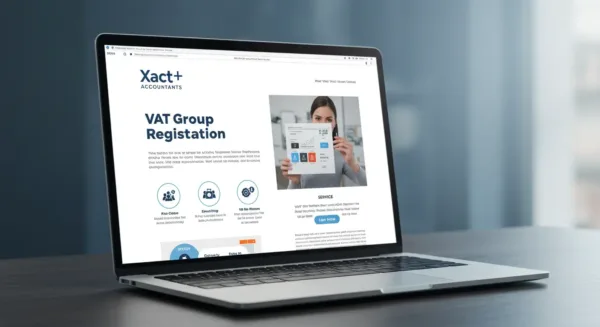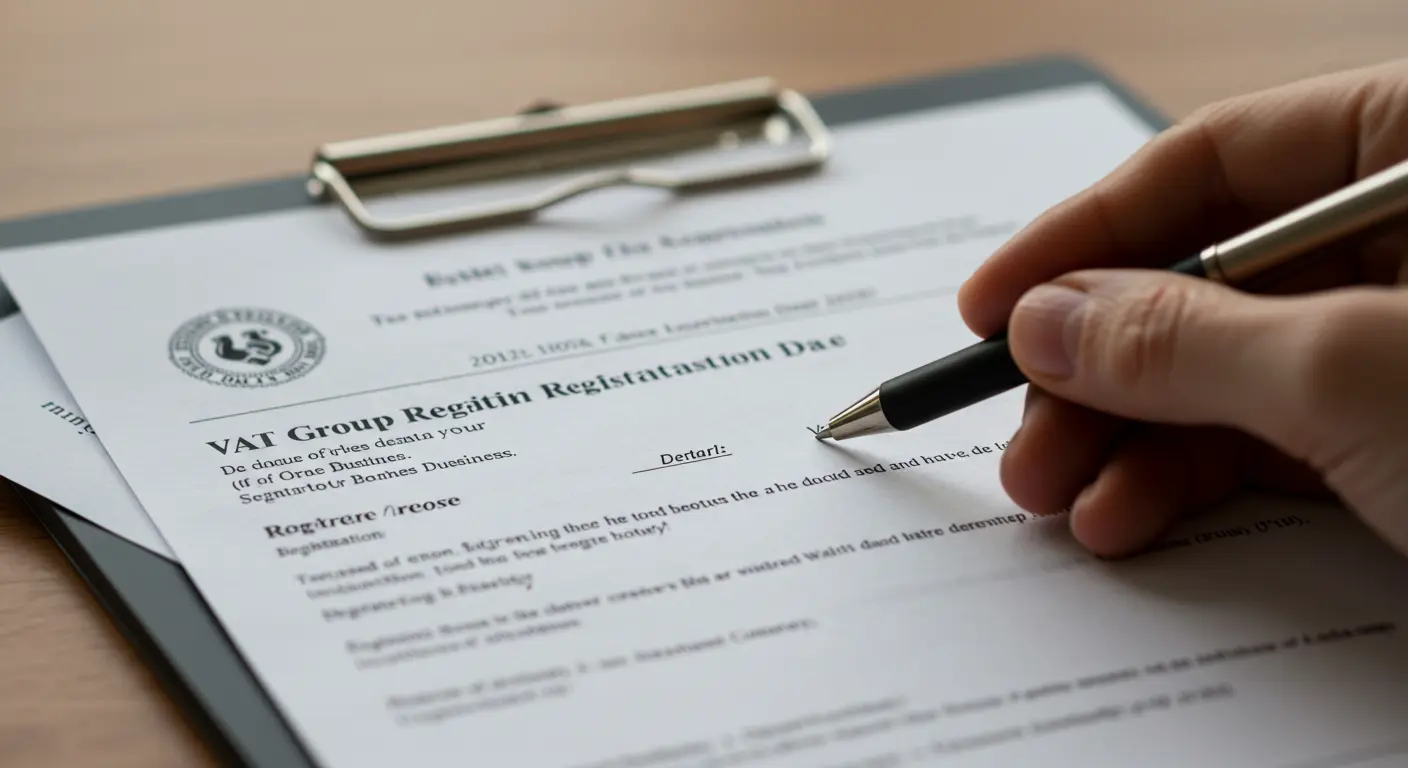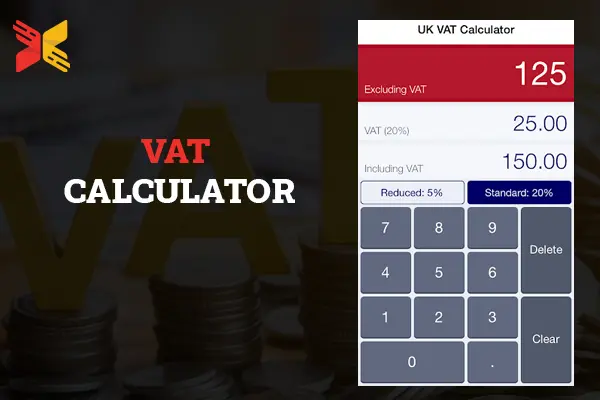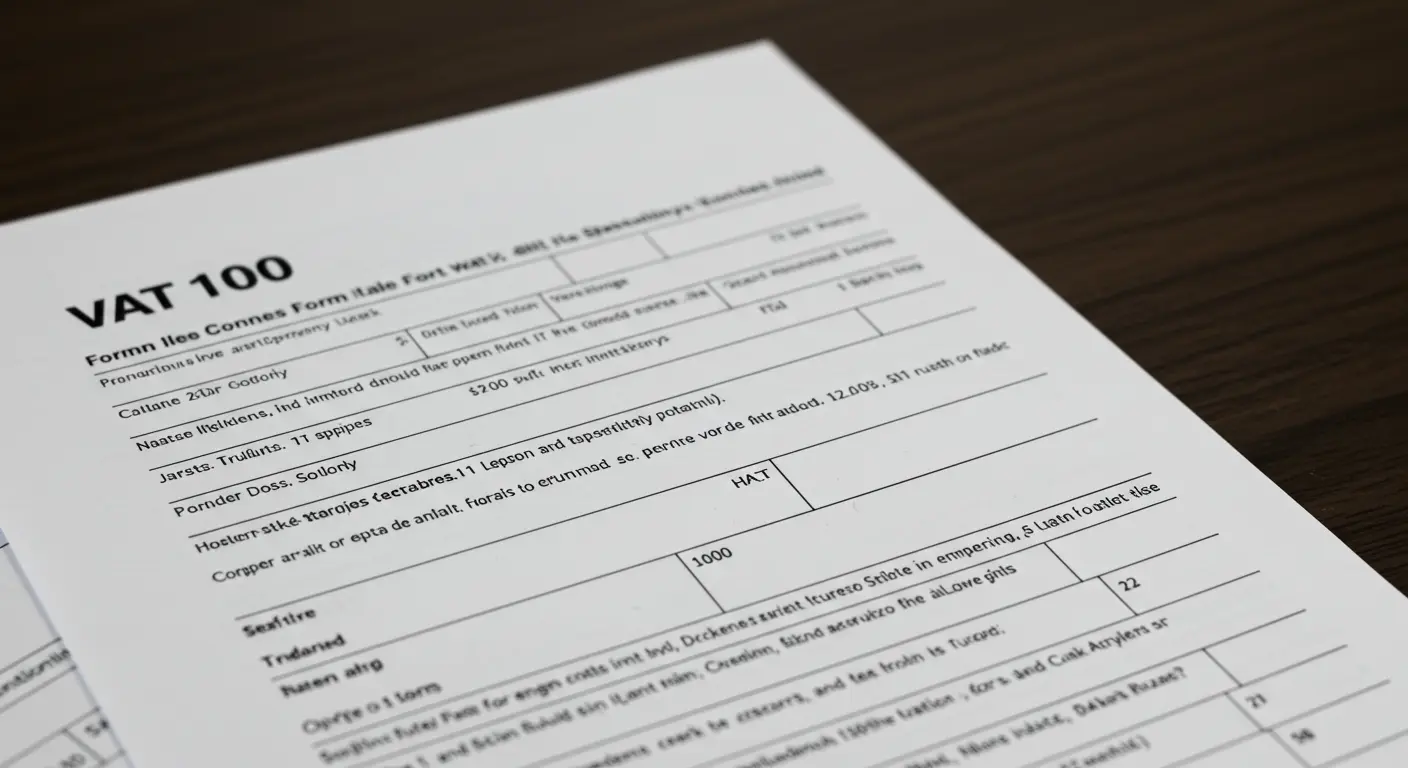What Is VAT Group Registration?
VAT group registration allows two or more businesses under normal control to register as a single VAT unit. Instead of each company that handles VAT separately, the group presents a VAT return, reducing administrative burden. It benefits businesses with many subsidiaries, as transactions between group members are VAT-free.
However, the whole group shares liability for VAT loans, which means if a company misses, the other in the group will have to cover the amount. This registration simplifies compliance and cash flow management, especially for large outfits. It also helps businesses to reduce the complexity of internal invoices.
However, not all companies qualify only installed financial link businesses can apply. HMRC assesses eligibility based on factors such as ownership and control. While the VAT group registration provides operations easily, companies should consider potential financial risks before applying.
How Does VAT Group Registration Work?
Businesses that create a VAT group are assigned a single VAT registration number by HMRC. The group’s VAT payments and returns are managed by a single representative member. All of the group’s businesses are still accountable for their VAT debts, though.
HMRC may hold any group member accountable, for instance, if a group of three companies (A, B, and C) file a VAT return but Company C does not pay its share of VAT.
Cash flow may benefit from intra-group transactions being VAT-exempt under this group VAT registration arrangement. However, according to the standard regulations, external sales are still liable for VAT.

What Are the Requirements for VAT Group Registration?
For VAT purposes, a VAT group registration enables several businesses under shared control to register as a single taxable entity. Businesses must be based in the UK or have a fixed establishment there to be eligible. At least 51% of the other businesses in the group must be owned by the controlling entity. Because group member transactions are not taken into account for VAT purposes, this arrangement makes VAT accounting simpler. Businesses must fill out VAT Group Registration Form 700/2 and send it to HMRC with supporting documentation attesting to their ownership and operations to apply.
A VAT Group Registration Notice verifying the group’s VAT number and effective registration date is sent out following HMRC’s approval of the application. A representative member must be chosen by the group to handle VAT filings and payments. Each entity is responsible for the group’s VAT debts since all members are jointly and severally liable for them. To stay in compliance, any changes like adding or removing members must be reported to HMRC.
How Can Businesses Apply for VAT Group Registration Online?
Companies can use HMRC’s VAT online services to apply for VAT Group Registration. The representative member of the group must first fill out the VAT50/51 forms and log into their HMRC online account. Important information about each company joining the group, such as VAT numbers, trading activities, and the designated representative, is gathered by the VAT 50/51 Forms. HMRC will review the application after it is submitted to make sure all members fulfill the requirements. A VAT Group Registration Certificate, which validates the agreement and permits consolidated VAT reporting, is given to the group upon approval.
By submitting a single VAT return for the entire group rather than separate returns for each entity, the VAT Group HMRC process assists businesses in streamlining VAT administration. This configuration can lower administrative expenses and enhance cash flow. Businesses must, however, make sure that each group member has a presence in the UK and satisfies the HMRC-established requirements for control and financial link. Businesses must maintain a record of all transactions to comply with VAT obligations, and the registration takes effect on the date HMRC designates on the VAT Group Registration Certificate.
What Are the Advantages and Disadvantages of VAT Group Registration?
Businesses can benefit from VAT Group Registration in several ways, especially if they are under common control. Since the group files a single VAT return rather than several separate returns, one significant benefit is simplified VAT accounting. This lessens the complexity of cash flow and administrative labor. VAT-free transactions between group members help prevent needless taxation of intercompany supplies. Businesses must fill out the VAT 50/51 Forms to register, making sure that all entities fulfill HMRC’s requirements. A VAT Group Registration Certificate is issued to the group upon approval, validating its status and facilitating easier tax reporting.
But there are drawbacks to VAT Group Registration as well. Since each member is jointly liable for VAT debts, HMRC has the right to demand payment from any other group member if one company defaults. Additionally, because input tax recovery may be limited, companies with exempt or partially exempt sales may incur higher VAT costs. Errors in reporting may result in penalties because HMRC has strict guidelines for VAT Group HMRC compliance. Businesses must determine whether the advantages outweigh the risks before registering, particularly if members work in industries with different VAT treatment.
How to Check a Group VAT Registration with HMRC?
Businesses can use HMRC’s VAT Checker tool to confirm group VAT registration. Visiting the HMRC VAT verification page is one step in the procedure. Entering the registration number for the VAT group.Verifying the VAT group’s validity and status. Businesses can use VAT 50/51 forms to verify group members or request a VAT Group Registration Certificate from HMRC for internal verification.
Can a Business Leave or Change a VAT Group?
By sending VAT 50/51 Forms to HMRC, a company can change or withdraw its VAT group registration. Typical explanations include:
- A business is dissolved or sold.
- A company no longer satisfies the requirements for VAT grouping.
- The business wants to handle its VAT on its own.
VAT adjustments may result from leaving a VAT group, particularly if intragroup transactions that were previously exempt from VAT are now subject to the tax. Before making any changes, businesses should speak with an accountant to prevent unforeseen VAT liabilities.
Conclusion
A useful option for companies with joint ownership is VAT Group Registration, which enables them to file a single VAT return and take advantage of intra-group VAT exemptions. But it also adds obligations for compliance and joint liability.
Before applying, businesses should carefully review the VAT group registration requirements. Businesses can verify their group VAT registration status and make sure they comply with UK tax laws by using HMRC VAT tools.
Making wise financial decisions for companies thinking about VAT Group Registration Online requires an awareness of the benefits and possible risks.
FAQs
1. What is group VAT registration, and how does it work?
Group VAT registration allows multiple businesses under common ownership to register as a single VAT entity. The group submits a single VAT return instead of individual returns for each company. VAT groups benefit from VAT-free intra-group transactions, reducing tax liabilities.
2. How can I check group VAT registration with HMRC?
To check a group VAT registration, businesses can:
- Use HMRC’s VAT Checker tool on the official website.
- Enter the VAT group registration number to verify its status.
- Request a VAT group registration certificate from HMRC.
- Use VAT 50/51 Forms to confirm group membership details.
3. Can any business join a VAT group?
Only businesses that meet HMRC’s VAT group registration requirements can join. The main conditions include:
- Companies must be under common control (e.g., a parent company with subsidiaries).
- They must have a UK-based business presence.
- All members must be VAT-registered or eligible for VAT registration.
4. What happens if a business leaves a VAT group?
A business leaving a VAT group must inform HMRC by submitting VAT 50/51 Forms. This may lead to:
- VAT adjustments on previously VAT-exempt intra-group transactions.
- The company needs to register for VAT separately if its turnover exceeds £85,000.
- The remaining VAT group will continue under the existing VAT number unless dissolved.
















